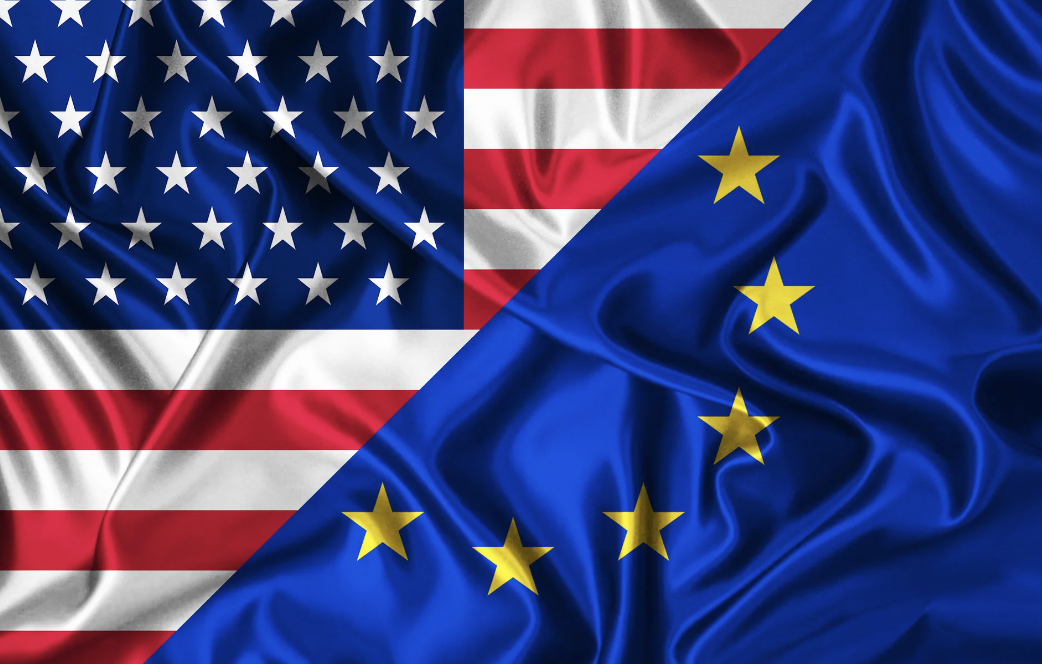
Daniel Rogers
Jun 29, 2022 12:07

The US Dollar Index (DXY) oscillates at 104.50, having increased the most in eight days to record a new weekly high the day before. As a result, as bulls take a break during Wednesday's dismal Asian session, the dollar index awaits important data/events.
The revival of hawkish Fed bets appears to have reignited the preceding day's dollar purchase. The greenback's optimistic outlook appears to have been bolstered by recent US economic data, as well as geopolitical and trade-related noise. Notably, increasing worries of a recession impose an additional strain on market mood and support the USD's safe-haven demand.
The combination of a jump in US consumer inflation expectations for one year and hawkish Fedspeak has reignited fears of speedier Fed rate rises. Despite this, the Conference Board (CB) US Consumer Confidence Index fell to 98.7 in June from 100.0 in May and 100.0 expected, marking the second consecutive month of decline. In doing so, it fell to its lowest level since February 2021, a highly considered indicator of consumer mood. Consumer inflation expectations for the next year have risen to 8%, according to newly available data, up from a previously reported 7.5 percent. The US trade deficit dropped to $104.3 billion in May, the lowest level in a year, according to the most current statistics.
In other news, the Group of Seven (G7) nations have put constraints on Russian oil price, and the North Atlantic Treaty Organization (NATO) meeting portends a hostile atmosphere for China. Moreover, according to Bloomberg TV, US Deputy Commerce Secretary Don Graves remarked, "A firm US reply on China tariffs is coming shortly," which raises fears of future Sino-American disagreements.
As a result of Wall Street's loss, the 10-year US Treasury rate reversed a two-day rise. As of writing, however, the S&P 500 Futures still indicate small losses.
Important will be the US Core Personal Consumption Expenditures (PCE) for Q1 2022, which is predicted to remain unchanged at 5.1 percent . On the same line will come the final readings of the US GDP for the first quarter, which will likely confirm an annualized loss of 1.5 percent. The statements of central bankers at the ECB Forum will be the major source of direction for market participants.
A definitive break to the upside of the two-week-old resistance line, which is now support at 104.00, would bring EUR/USD values to the previous weekly high at 105.00, before underlining the multi-month high reached in early June at 105.80.


Jun 30, 2022 16:06